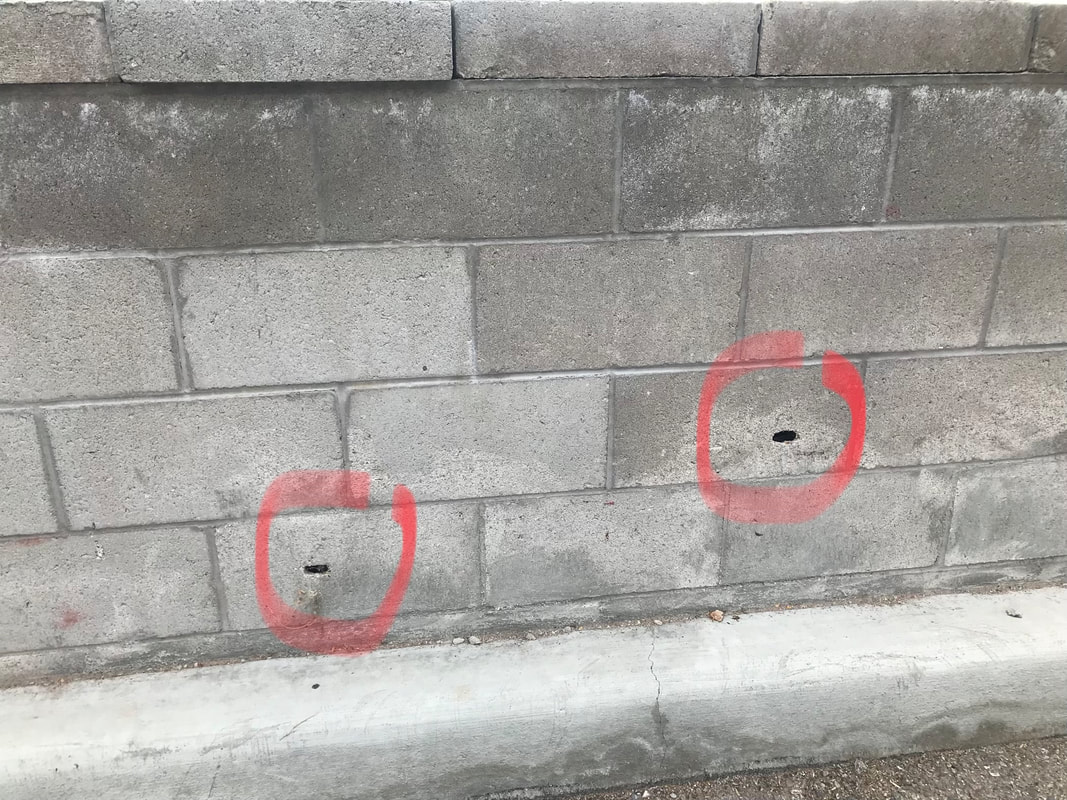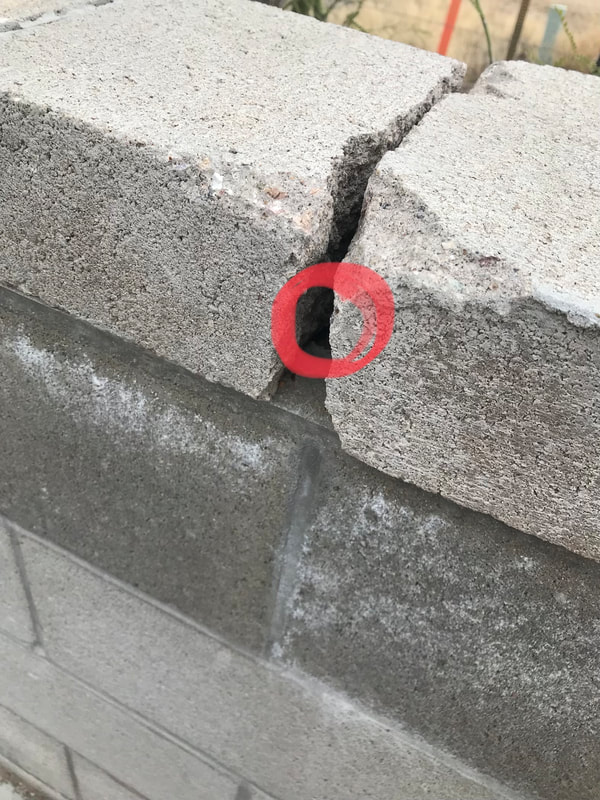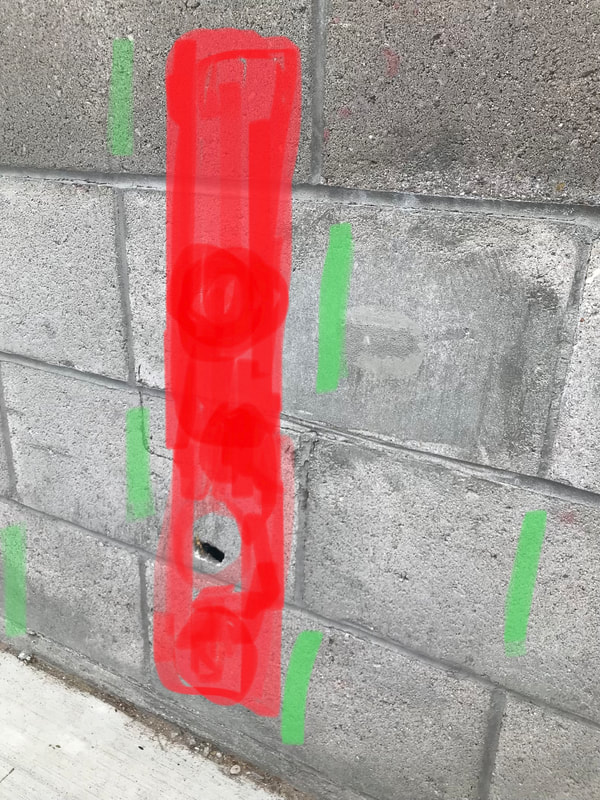The best thing to do is to block these entrance access points before spring. If you have a cinder block wall or building, walk around and do an inspection. Patch any holes that are larger than the head of a pencil eraser that have access into the center void. This includes around pipes if it is a building. Do not use foam spray, bees can chew through it and it doesn't last very long in the elements. Choose to use a concrete patch. If you cannot get to it before spring a quick temporary solution is to stuff the holes with steel wool.
If you have never checked your wall before it may be possible you already have occupants that you didn't know about. If you do find a feral hive here is a contact list of local beekeepers: http://southernazbeekeepers.org/bee-removal/



 RSS Feed
RSS Feed